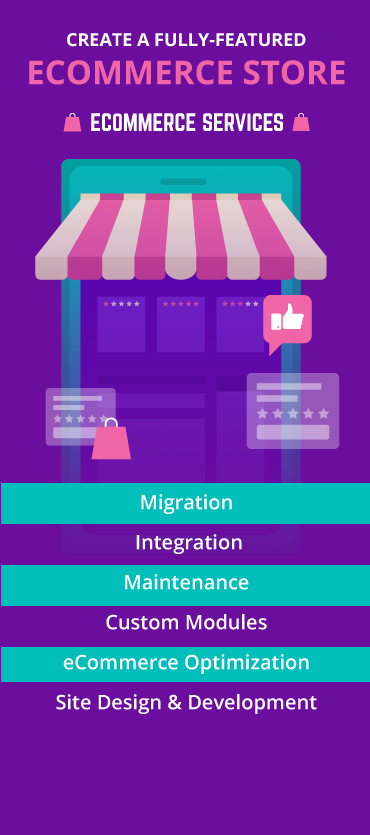Shopping cart abandonment is one of the biggest challenges most eCommerce businesses face. According to a study, 69.80% of shoppers leave without completing their purchase.
Marketers and eCommerce store owners have been battling this right from the inspection of eCommerce. And despite significant advancements in technology, cart abandonment still remains an unsolved mystery.
Having said that, online retailers can recover most of the lost revenue through several marketing activities such as ad retargeting and remarketing.
But before you decide to nip the bud, it is important to know why customers abandon their carts.
And for that, you need data. Data is the most potent weapon to understand customer behavior and devise an efficient marketing strategy to deal with the issue at hand.
So, let’s look at some cart abandonment statistics.
Ready? Let’s dig in!
Frightening Facts About Cart Abandonment

“Mobile users have an even higher abandonment rate of 85.65 percent”
According to Barilliance, “The smaller the size of the screen, the more likely a customer will abandon the cart. This is one of the biggest challenges because, for the first time ever, more digital buyers are using smartphones than desktops to shop.”
Slow loading speed, poor navigation, and a complex design are some of the reasons why the cart abandonment rate is higher for mobile users.
Here’s how you can fix this:
- Optimize mobile site speed by using free tools such as Google’s mobile-friendly test.
- While designing your website for smartphones include only essential information in your copy to have a clutter-free design.
- Organize information by using mobile accordions (An accordion is a design element that expands in place to expose some hidden information. Unlike overlays, accordions push the page content down instead of being superposed on top of page content).
- Keep critical information above the digital fold so that customer doesn’t miss out on anything important.
“34% of shoppers abandon checkout because they are forced to create an account.”
The checkout process needs to be convenient, and each additional required field creates a barrier to completing a purchase. eCommerce websites that require customers to create an account, or make it difficult to skip registration, risk losing buyers who want lightning-fast checkout.
Providing your customers with higher visibility into the checkout process can help improve the customer experience. Make it easier for customers to checkout by offering guest checkout or restricting your checkout form strictly to one page.
“57 percent of shoppers will abandon the cart if they have to wait for more than 2 seconds for a page to load”
Digital shoppers are a little impatient these days. And this statistic highlights exactly how long you have before a user leaves your site.
The scarier part is that 80% of these customers will never return.
So, you need to focus on improving the site speed and put in the effort, and ensure all the pages load in under three seconds.
“The average checkout flow has 23.48 form elements and 14.88 form fields”
Shopping cart complexity and duration are two critical factors that increase the likelihood of someone abandoning their cart.
According to Baymard Institute, a long or complicated checkout process is the reason why 26% of shoppers abandon their cart.
Separate research from the Baymard Institute found that on average, eCommerce stores had 23.48 form elements and 14.88 form fields for non-account customers.
And as per experts, this creates friction during the checkout.
“During testing, we consistently observe that users are overwhelmed and intimidated when seeing a high amount of form fields and selections,” The Baymard Institute explains.
A fully optimized checkout flow in an eCommerce store has roughly half as many form elements and form fields.
So, you can follow these practices to reduce cart abandonment:
- Use a “full name” field instead of a first and last name field.
- Have one line for the customer address.
- Eliminate unnecessary optional fields.
“55 percent of shoppers will abandon the cart if they have to re-enter their credit card or shipping information”
Adding to the previous point, this statistic highlights that any major redundancy in the checkout process can negatively impact conversions.
As per Statista, 30 percent of shoppers will leave if they have to re-enter their credit card information, and 25 percent will leave if they have to re-enter their shipping information.
You can fix this issue by automatically populating these fields with the shopper’s billing information, but of course, with their consent.
Since a lot of people will have the same billing and shipping information, you can skip this step.
“46 percent of shoppers abandon because a discount code doesn’t work”
An overwhelming 90 percent of the consumers use coupons and 75 percent now expect brands to offer them.
It is undoubtedly an effective way to get new business and instill customer loyalty.
However, when shoppers run into issues where a discount code doesn’t work, nearly 46 percent will abandon their cart.
The key is to ensure that everything works correctly. Or, you will lose on potential business rather than improving conversions.
Wrapping Up
Most eCommerce stores consider cart abandonment as the biggest roadblock in their business. Now that you know what makes your customers abandon their cart, you can build a strategy to combat this problem and increase the conversion rate.
Wish to Convert Abandoned Carts? Contact Us!
Grazitti’s Cartiveo and Maginate can help you increase your conversions and sales by reducing the cart abandonment rate. If you have any questions, you can write to us at [email protected] and we will take it from there.
References:
https://www.drip.com/blog/cart-abandonment-statistics
https://baymard.com/lists/cart-abandonment-rate











